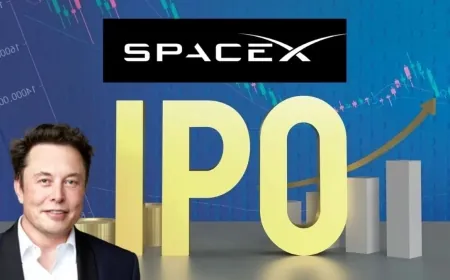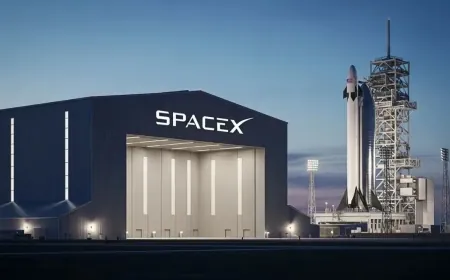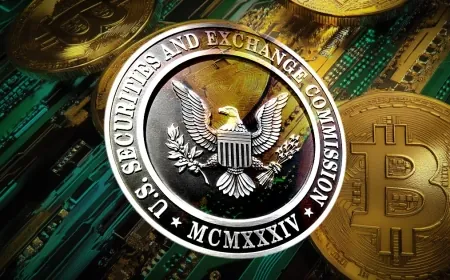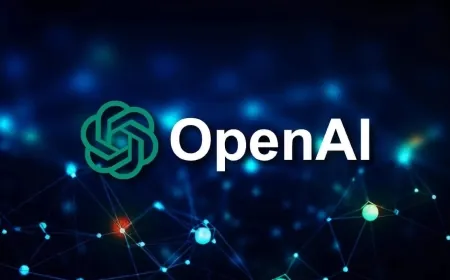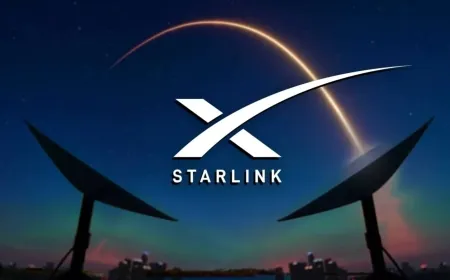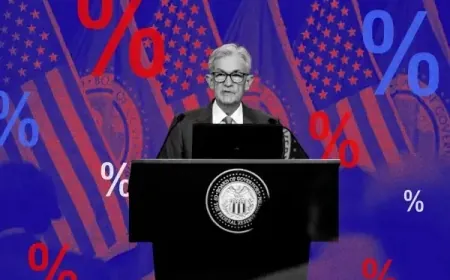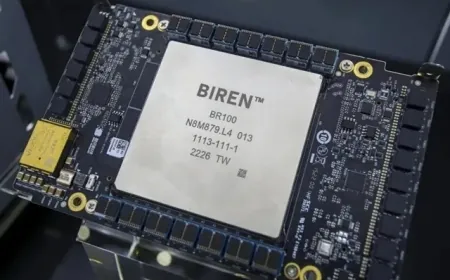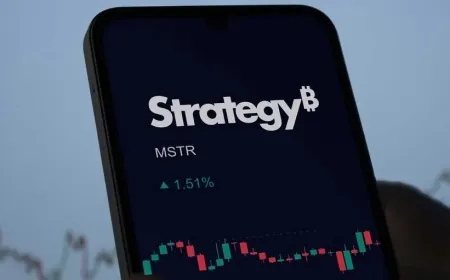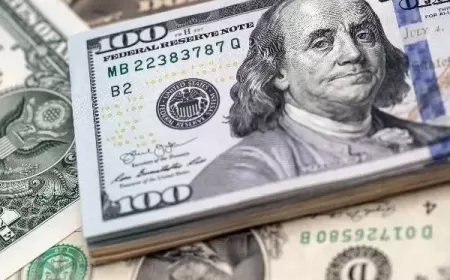Ethereum Approaches $5,000 Target — ETFs, Pectra Upgrade, Staking Reduce Supply
Ethereum trades just below record after $8.7B ETF inflows and Pectra upgrade, with momentum building toward $5,000 before 2026.
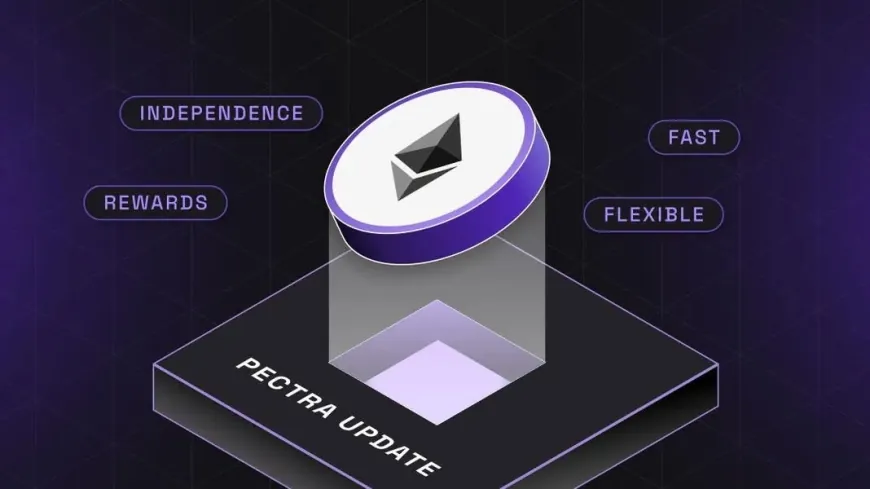
Ethereum (ETH) is again within striking distance of its all-time high, trading in the mid-$4,000s as of August 2025. The last time ETH approached this territory in November 2021, it briefly touched $4,878 before tumbling in the following months. But the market dynamics now are fundamentally different — and that difference could make $5,000 not only attainable but potentially conservative by 2026.
This isn’t just about price speculation. Ethereum is riding on the back of structural upgrades, deepening institutional participation, and a tightening supply curve. Combined, these forces are creating conditions that could sustain a rally rather than produce another fleeting spike.
The 2025 Bull Market Is Built Differently Than 2021
In 2021, Ethereum’s rise was fueled largely by NFT mania, DeFi yield farming, and retail enthusiasm. The network was congested, gas fees routinely hit $100 per transaction, and Ethereum’s scalability issues were already pushing developers toward alternatives. When macroeconomic conditions tightened in 2022, Ethereum’s price collapsed along with the broader crypto market.
Today’s rally is underpinned by infrastructure improvements and institutional finance rather than speculative frenzy. Gas fees have moderated, Layer-2 solutions like Arbitrum and Optimism have taken significant load off the main chain, and ETH is now available in regulated investment products like spot ETFs — something completely absent in 2021.
In short, the current bull case rests on mature fundamentals rather than meme-driven surges.
Pectra Upgrade: Ushering in a More Efficient Ethereum
The Pectra upgrade, launched on May 7, 2025, represents one of Ethereum’s most meaningful advancements since the 2022 “Merge” to proof-of-stake.
Key technical milestones include:
-
Account Abstraction – Users can now send transactions without worrying about complex gas management, and wallet recovery is more secure. This has been compared to Apple Pay’s user experience, making Ethereum friendlier for mainstream adoption.
-
Validator Balance Expansion – The staking validator limit was raised from 32 ETH to 2,048 ETH, enabling large operators like Coinbase and Lido to run fewer nodes with greater efficiency, increasing their net yield after costs.
Historically, Ethereum upgrades have been catalysts for adoption. For example, after the 2021 London Hard Fork (EIP-1559), daily transaction volumes climbed 14% over the following six months. Analysts expect Pectra to have a similar, if not greater, impact — particularly with Fusaka scheduled for late 2025 or early 2026, aimed at cutting Layer-2 transaction costs and improving throughput.
ETF Inflows: The New Institutional Bid
From July 2024 to July 2025, U.S.-listed spot Ethereum ETFs have seen net inflows of $8.7 billion, according to market filings. Notably, $4.3 billion of that came in just the last two weeks of July 2025.
Unlike retail buying, ETF flows tend to be long-term capital commitments. Institutions such as pension funds and endowments are restricted from holding raw crypto directly but can buy ETFs traded on regulated exchanges like the NYSE or Nasdaq. The existence of these products effectively opens Ethereum to trillions of dollars in traditional capital.
For context, when Bitcoin ETFs were launched in January 2024, they absorbed $12 billion in inflows within six months — contributing to BTC’s surge from $42,000 to over $73,000. Ethereum’s ETF trajectory is following a similar pattern, suggesting sustained demand.
Staking Locks Supply and Boosts Yields
Ethereum’s shift to proof-of-stake has transformed its monetary policy. As of August 2025, over 32 million ETH — about 27% of the total supply — is staked. This ETH is effectively off the market, unavailable for trading, and continues to earn yields of 2%–3% annually.
While staking yields are modest, for institutional allocators seeking low-risk blockchain yield, they provide a bond-like return in the crypto ecosystem. Moreover, staking demand increases during periods of low volatility, creating a reinforcing loop where less circulating supply amplifies upward price moves when demand spikes.
To illustrate, during Ethereum’s mid-2024 rally, staking deposits rose by 1.9 million ETH in three months, while exchange balances dropped 12%, a clear sign of supply tightening.
Corporate Treasuries Quietly Accumulating ETH
While Bitcoin’s corporate adoption is well-documented, Ethereum’s treasury uptake has flown under the radar. Blockchain analytics show companies in tech, fintech, and gaming sectors are adding ETH for smart contract development, Web3 integrations, and balance sheet diversification.
For instance:
-
Animoca Brands has publicly disclosed holding ETH for its gaming and NFT ecosystem.
-
Immutable uses ETH reserves for its Layer-2 gaming platform.
-
Several Nasdaq-listed blockchain infrastructure firms have hinted at ETH accumulation in quarterly reports.
Corporate holdings tend to be “sticky,” meaning these coins are unlikely to be sold during routine price swings, further constraining supply.
Competitive Pressures and Risks Ahead
Ethereum is not without competition. Solana processes 2,000+ transactions per second (TPS) compared to Ethereum’s base layer capacity of around 15 TPS, though Ethereum’s Layer-2 networks bridge much of that gap.
If gas fees rise sharply — as they did in 2021 — users could temporarily migrate to cheaper chains. Additionally, macroeconomic shocks or regulatory tightening could slow ETF inflows. While these risks are significant, they are less likely to derail Ethereum’s long-term adoption given its entrenched developer base and network effects.
Why $5,000 Is a Realistic Target
Ethereum’s path to $5,000 doesn’t require speculative mania — it simply needs existing trends to persist:
-
Continued ETF inflows at current rates could inject another $8–10 billion in capital by late 2026.
-
Fusaka upgrade could make Ethereum significantly more cost-competitive, attracting more on-chain activity.
-
Corporate adoption and staking participation will keep reducing tradable supply.
If these drivers hold, Ethereum would only need a 10%–12% price gain from current levels to hit $5,000. Given the current structural demand, that move is entirely plausible before 2026 — and possibly much sooner.
Also Read: 5 Reasons Ethereum Could Be the Top Performing Crypto by 2030





